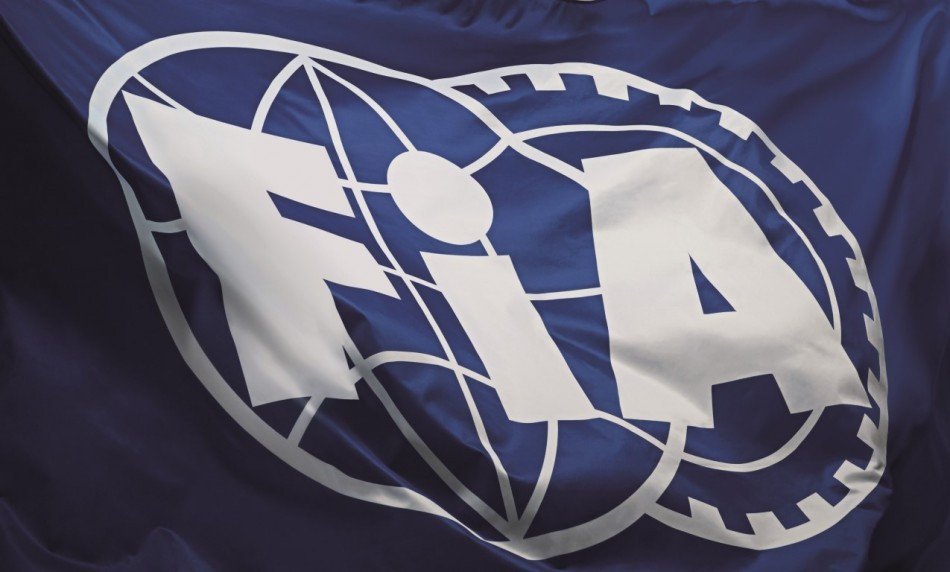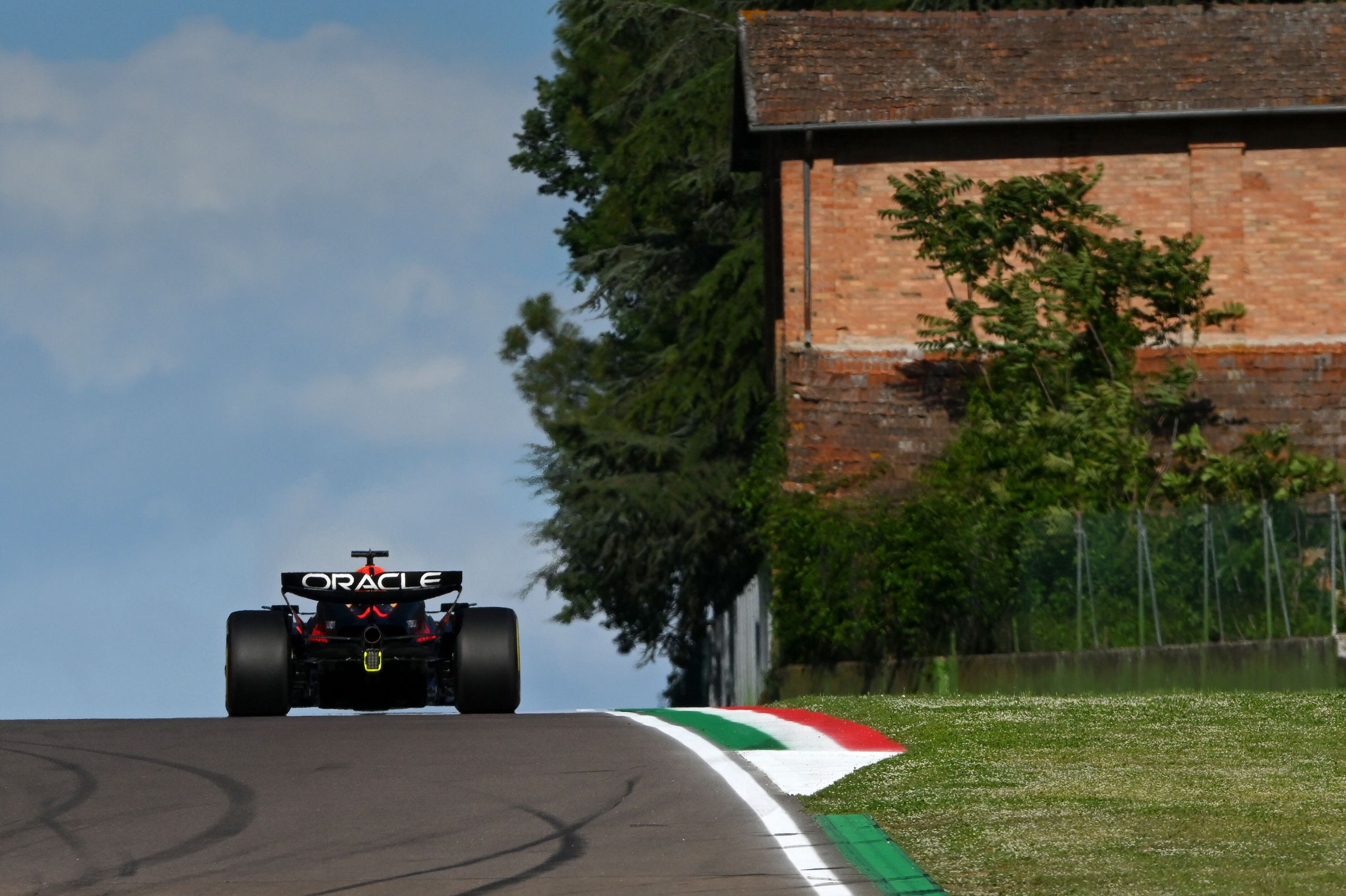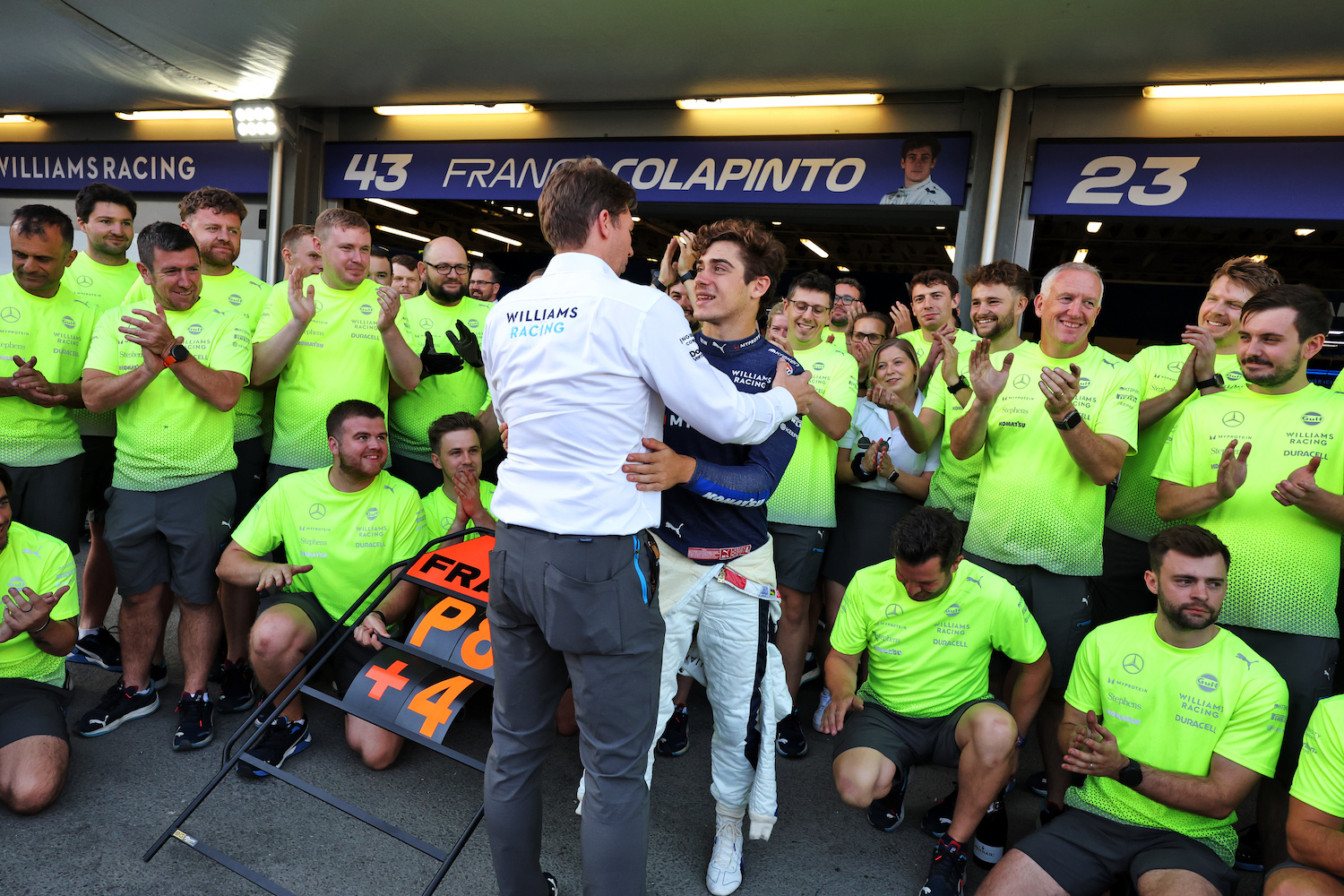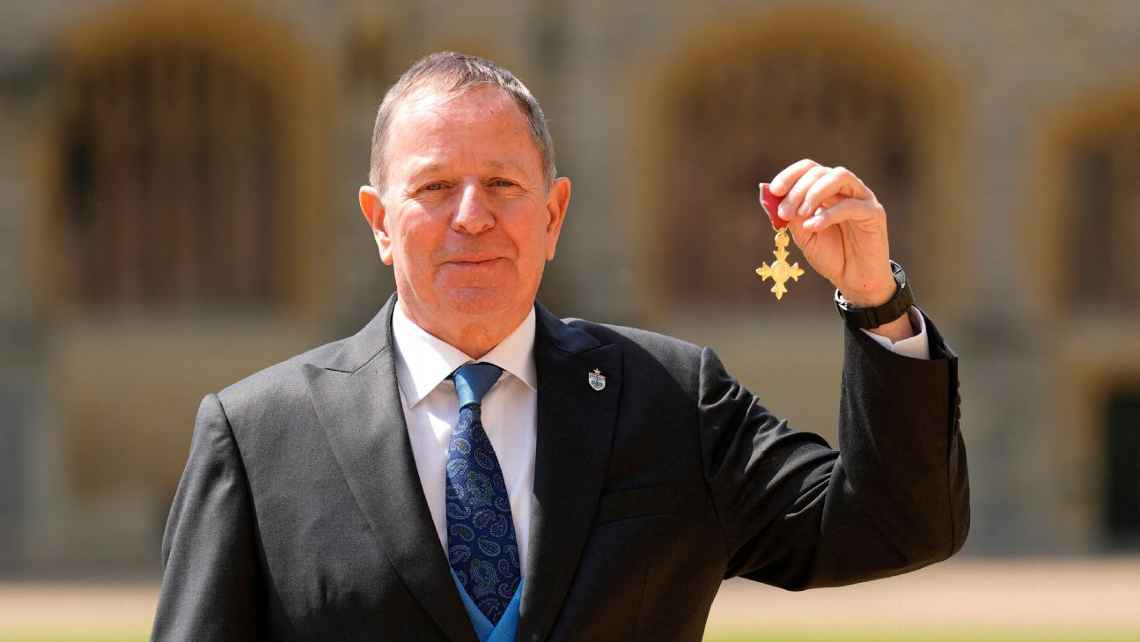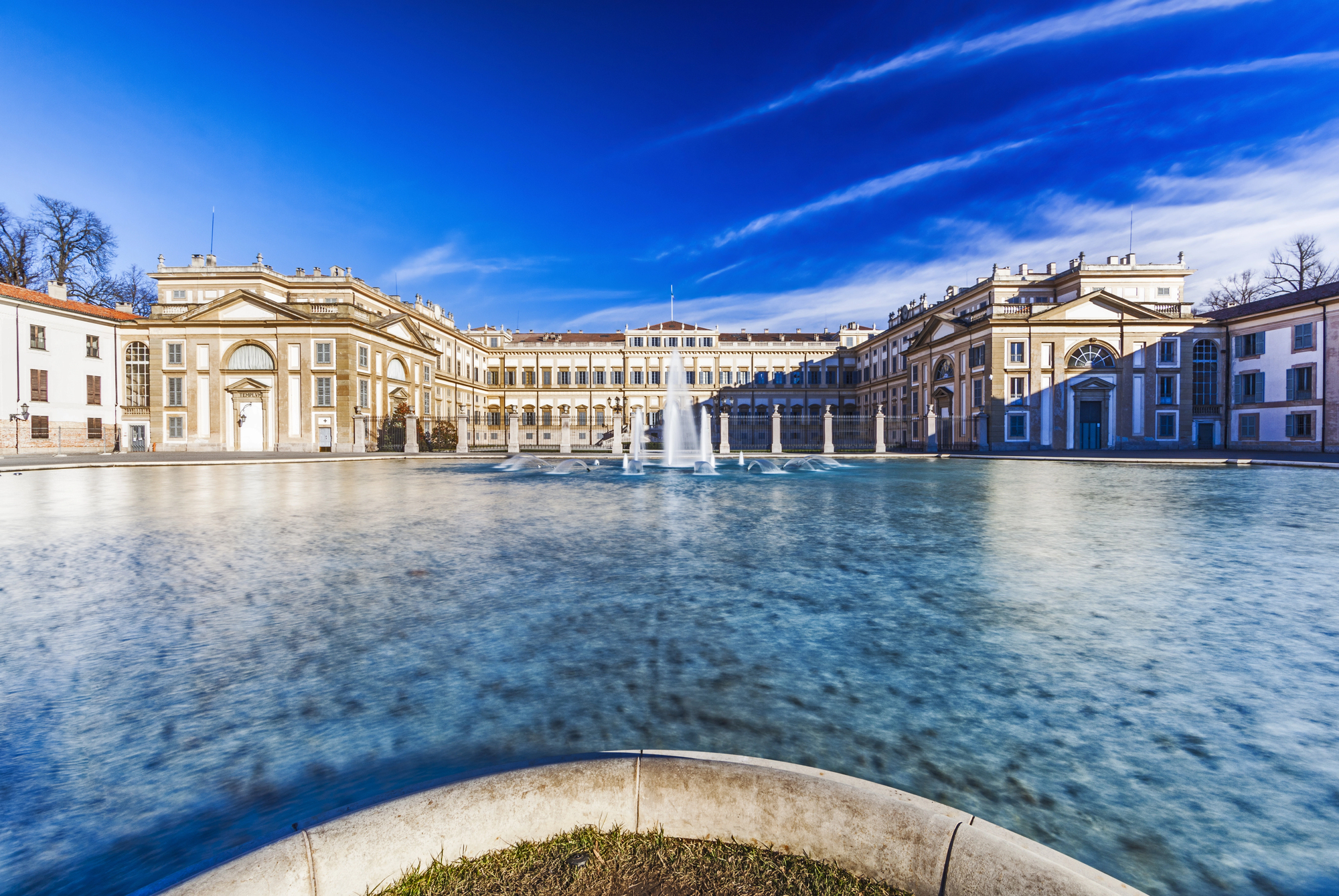The Difference Between F1 and IndyCar Racing
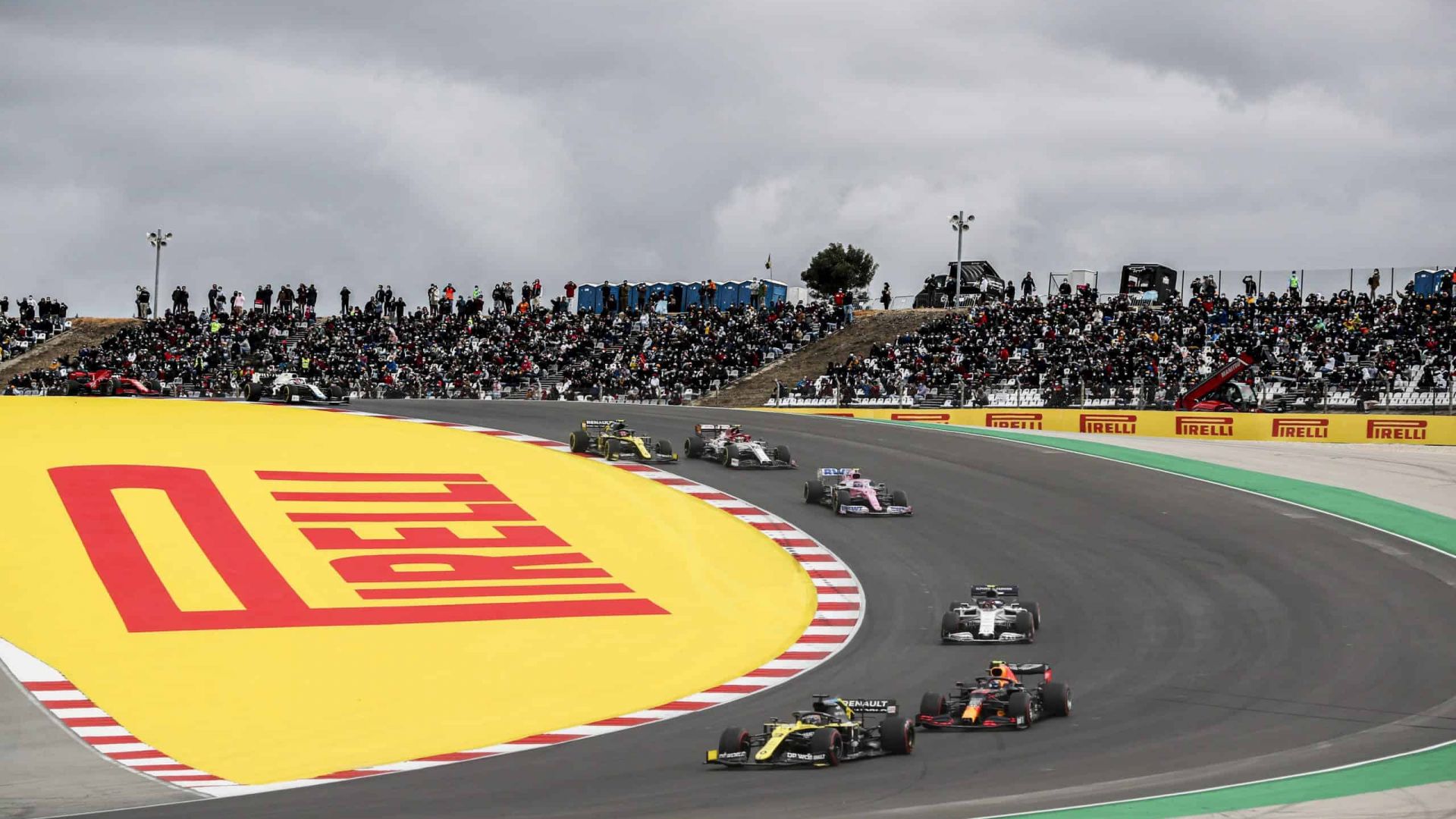
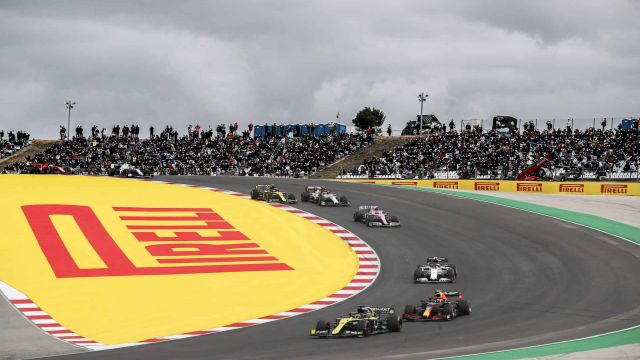
Motor racing started gaining popularity back in the 19th century when the first race from Paris to Bordeaux took place in 1895. Today this sport is considered one of the most popular activities to participate in and spectate. Thousands of media sources regularly cover racing events, providing fans with the latest news. Why do so many people love racing? Let’s find it out!
First of all, racing is all about the atmosphere in a stadium. It’s created by the revving and roaring sounds of the engines and incredible manoeuvring techniques. Competition is another factor that attracts racing fans. Like many other sports, it has some dramas and rivalries.
What’s more, racing gives a sense of exclusivity. It’s a risky activity that brings a lot of thrill, just like gambling. Not everybody is able to engage in it because of potential dangers and the skill level needed to compete at the top. But if you like playing at the best online casinos with lucrative offers, you will probably enjoy the excitement experienced at racing events. However, you should first know the difference between them. Let’s consider F1 and IndyCar in detail as these two are the most admired classes of motorsport in the world.
What is Formula One?
Formula One or F1 is known as one of the top-level racing competitions all around the world. Its name basically refers to the rules set for all participants. The competition is sanctioned by the Fédération Internationale de l’Automobile or FIA. Only open-wheel single-seater racing cars can take part in F1 competition. Each season involves a series of races called Grands Prix. They take place in different countries all over the world on both purpose-built circuits as well as public roads. It’s important to note that all F1 drivers are obliged to obtain a valid Super License, which is the highest-class license issued by FIA.
A Grand Prix event spans a weekend, starting with two practice sessions on Friday and one on Saturday. So-called additional drivers, also known as third drivers, are allowed to run on Fridays. A qualifying session begins just after three practice sessions and an actual race takes place on Sunday.
What is IndyCar?
IndyCar is a professional automobile racing, which is based in the United States and Canada. It’s sanctioned by the American company of the same name — IndyCar. Only open-wheel single-seater cars participate in this competition. They are actually very similar to those in Formula One, though there are some differences discussed below. Interestingly, this form of racing was especially popular in the decades after World War II when the so-called “golden era” started. After some time, from 1979 till 1996, organizational disputes took place in IndyCar, splitting participants among two separate sanctioning bodies. The division lasted until 2008, when the sport was reunified.
The history of Formula 1 and IndyCar
The very first American and European open-wheel racing weren’t distinct disciplines, so races on both continents were mainly point-to-point races. The difference is that American competitions took off at horse-race tracks as well as at the Indianapolis Motor Speedway, while European events took place around large circuits. A bit later, after World War II, Grand Prix racing (or Formula One) diverged in Europe as well. It was established as the World Championship for road racing. At that time Formula One cars became much more specialized and high-tech.
In the 1960s, the ideas about F1 design changed Indy Cars, which had been classic-styled front-engined roadsters. A decade later, in the 1970s, a great North America’s racing championship called Can-Am Challenge collapsed. Luckily, IndyCars was ready to fill the void.
Cars
From first sight, cars in Formula One and IndyCar look similar, but they actually vary significantly. The biggest difference between them is the engine. Although it’s V6s in both cases, the IndyCar engines are 2.2-litres, while the Formula One engines are 1.6-litres. What’s more, F1 uses single turbocharged engines, while IndyCar employs a twin turbocharger system.
The F1 engines are also more powerful, they are putting out to almost 1000 BHP and IndyCar engines are capable of only 550-700 BHP. The fuels needed for those engines are different as well. IndyCar vehicles are running on a more ethanol-heavy fuel than F1’s.
Another thing that distinguishes cars participating in these two competitions are brakes. F1 brakes are made from carbon fiber, while those of IndyCar are made from steel. In fact, Formula One brakes allow cars to stop quicker, so they can be faster on tracks with more turns. When it comes to car weights, they are pretty similar. However, there are some slight differences that affect driving. IndyCar vehicles have six forward gears, while those at Formula One have eight forward gears.
Vehicles can also be distinguished by cost. Since IndyCar uses a spec system, car parts can be mass-produced, which ensures substantial cost reduction. Formula One customizes its cars to get the edge over rivals, spending hundreds of millions of dollars on it.
Tracks and locations
IndyCar has oval tracks that are absolutely absent in Formula One. This type of track allows for extremely high speeds, reaching up to 230 mph. Probably, the most well-known oval track is located in Indianapolis, which hosts the legendary Indy500. This is a 500-mile race that acts as a separate competition and takes place over 200 laps of the Indianapolis Motor Speedway. IndyCar competitions are based in America, including only one race in Canada. Besides, there are also some additional races in Japan, Brazil and Australia. But note that they are not involved in the regular season. By the way, there is one circuit shared by both F1 and IndyCar, which is the Circuit of the Americas.
Contrasted to IndyCar, Formula One is a global race with competitions held on five continents every year. The F1 calendar consists of 21 regular races compared to the 17 included in the IndyCar season. The shapes and lengths of tracks also differ. As mentioned above, F1 racing doesn’t have oval tracks. Additionally, its tracks are limited from 1.9 miles to around 4.3 miles, while IndyCar tracks start at 0.8 miles and go all the way to 4 miles. IndyCar tracks also offer more straights than F1 circuits, allowing for higher speeds.
Drivers and teams
The competition structure presents some differences as well. There are more drivers on the track in IndyCar than in Formula One. In the first case, 33 drivers start each race, while in the second one, there are 20 drivers on the grid. Apart from that, the IndyCar participants come from a larger number of teams, the majority of which (about 13) are full-time and a few are part-time. Some teams have up to six drivers, while others put forward only one driver.
Formula One is organized in another way. It has 10 teams and each of them always puts forward two drivers. By the way, if you have your favorite team or a driver, you can place a bet on them on special web platforms. But if this is not your cup of tea and you are still looking for some other gambling opportunities, check https://chiefcasinos.com/review/888-casino/, which is one of the best online casinos available today. Just like motorsports, it can provide you with lots of fun and excitement. And on top of that, you can earn some money, isn’t it great?
Races
Formula One has a strict limit of two hours for its races. This limit can’t be extended even if a lot of laps have been driven. In contrast, the IndyCar competitions may go on longer. For example, the Indy500 usually takes about three hours or even more. Since the participants of IndyCar may need to refuel the car, their pit stops typically take 6-10 seconds, while those at Formula One last no longer than 2-3 seconds.
When it comes to the qualifying process before the races, Formula One has 3 stages: Q1, Q2 and Q3. The first one sets drivers’ positions of 16-20 and the second one sets the positions of 11-15. The top ten participants move to the Q3 set and compete to take part in the race itself.
The qualifying process for IndyCar depends on the race type. Similar to Formula One, the road races have a 3-stage process. But the difference is that the cars are divided into two groups at the first stage. The fastest six participants from each group proceed to the next stage, so there are 12 drivers in total. And again, the top six cars move to the next stage, trying to get the best result. The system works differently for the oval races. In this case a reverse order system with point standings is applied.
The Difference Between F1 and IndyCar Racing – Final Thoughts
Formula One and IndyCar are some of the most prestigious racing competitions in the world. Despite a number of similarities, these two also have some differences. Hopefully, this article helped you understand what exactly distinguishes Formula One from IndyCar.

